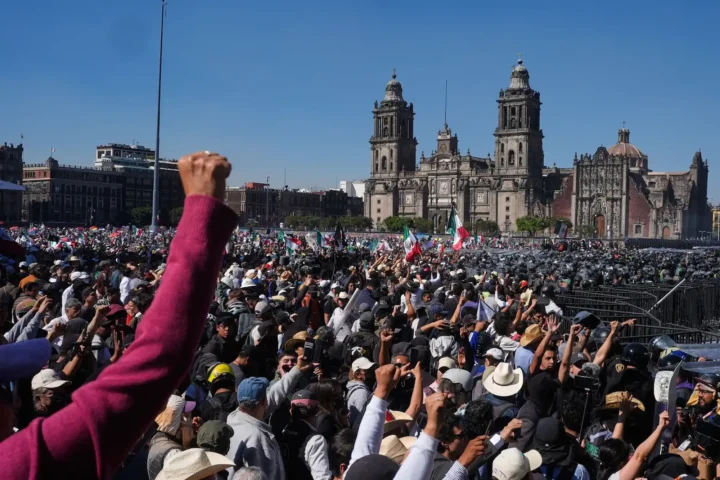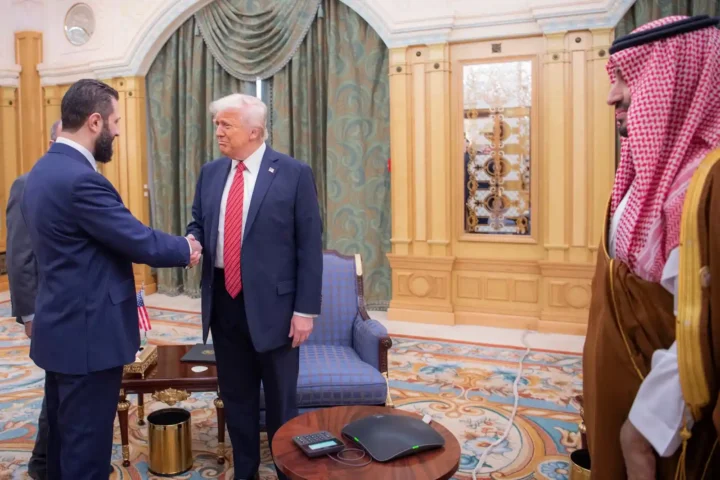In a dramatic escalation of hostilities in the Middle East, Iran launched 10 ballistic missiles at Al Udeid Air Base in Qatar on Monday, targeting one of the United States’ most strategic military installations in the region. The strike, confirmed by Iranian state media, is seen as a direct retaliation for U.S. airstrikes on Iranian nuclear facilities over the weekend.
The missiles—believed to be a mix of short- and medium-range types—were reportedly intercepted by Qatari air defense systems before causing any major damage. A spokesperson for Qatar’s Foreign Ministry confirmed the attempted strike and condemned it in strong terms, calling the missile attack a “blatant act of aggression” and reserving the right to respond “in a manner proportional to the nature and scale” of the assault.
Al Udeid Air Base, located southwest of Doha, is home to around 10,000 military personnel from the United States, the United Kingdom, and Qatar. It serves as the forward headquarters of the United States Central Command (CENTCOM) and is considered the nerve center of American military operations across the Middle East.
According to U.S. defense officials, the Pentagon had advance warning of the Iranian missile launch, a detail fueling speculation that Tehran may have intended the strike as more of a symbolic gesture than a full-scale escalation. The number of missiles fired—ten—appears to mirror the number of bombs used by the United States in its weekend strikes on Iranian nuclear sites, suggesting a calculated tit-for-tat response.
In a statement released shortly after the attack, Iran’s Supreme National Security Council emphasized that the target was “far from urban facilities and residential areas in Qatar,” signaling, perhaps, an attempt to reassure Qatari leadership that Iran does not seek direct confrontation with its Gulf neighbor.
Yet, those efforts to signal restraint were undercut by a far more aggressive message from Iran’s Islamic Revolutionary Guard Corps (IRGC), which described the strike as a “devastating and powerful missile attack” against the “largest strategic asset of the U.S. terrorist army in West Asia.”
The missile attack has prompted a swift regional response. Qatar, along with Bahrain and the United Arab Emirates, has temporarily closed its airspace, citing the heightened security risks. International airlines are already rerouting flights, further disrupting a region on edge.
From Washington, President Donald Trump, in a statement over the weekend, had warned Iran that any retaliation for the U.S. strikes would be met with “force greater than what was witnessed.” So far, there has been no immediate military response from the United States following Monday’s missile volley.
Meanwhile, Israel has continued its independent military campaign against Iranian assets. Over the past 48 hours, Israeli forces have carried out additional strikes on targets inside Iran, including a paramilitary headquarters in Tehran and access routes to the Fordow nuclear facility—long regarded as one of Iran’s most heavily fortified nuclear sites. Despite American claims that Fordow was disabled in Saturday’s bombing campaign, the extent of the damage remains unclear.
As tensions ripple across the region, the international community watches with deepening concern. What began as a targeted campaign against nuclear facilities is now threatening to spiral into a broader conflict, involving not just the United States and Iran, but potentially drawing in regional allies and global powers.
For now, the skies above Qatar remain tense, the region bracing for what may come next.










